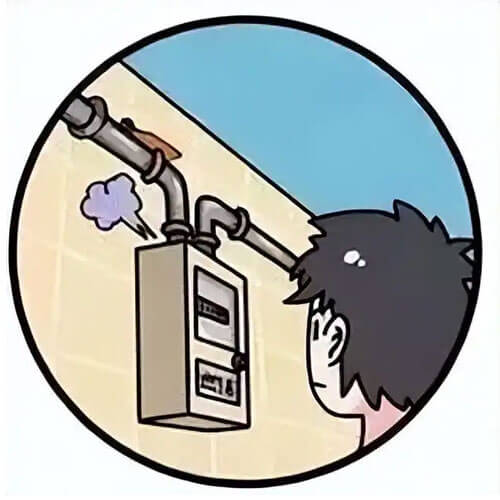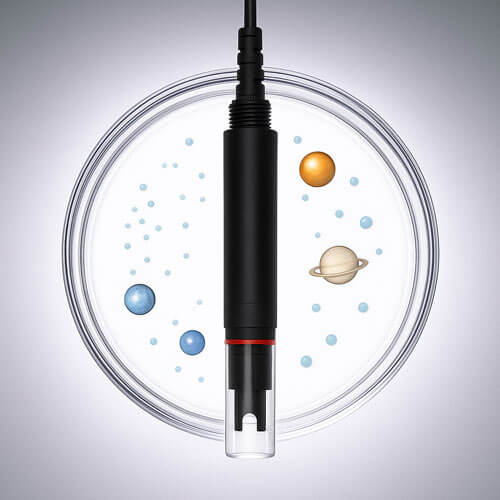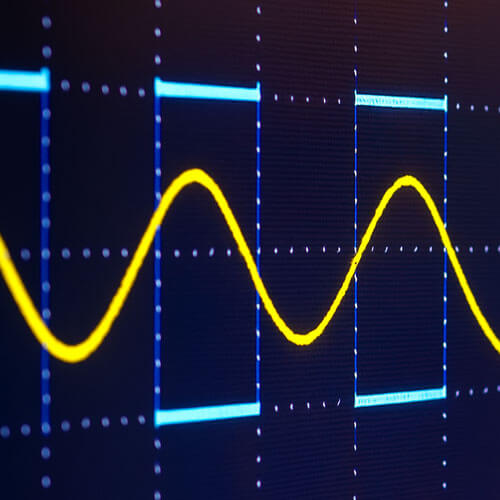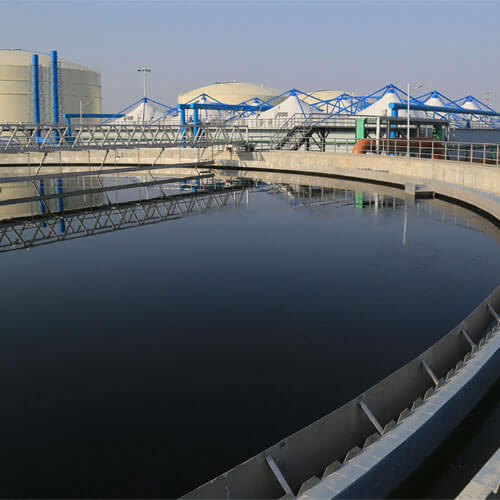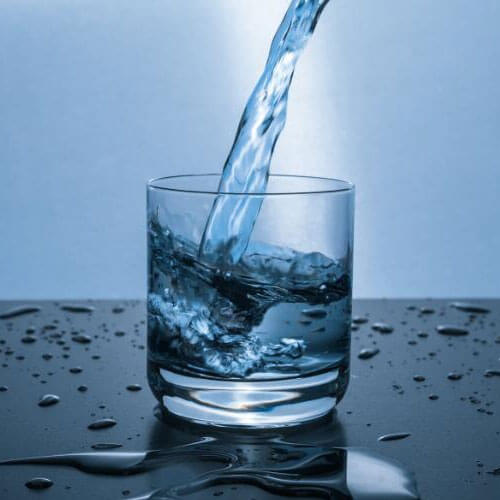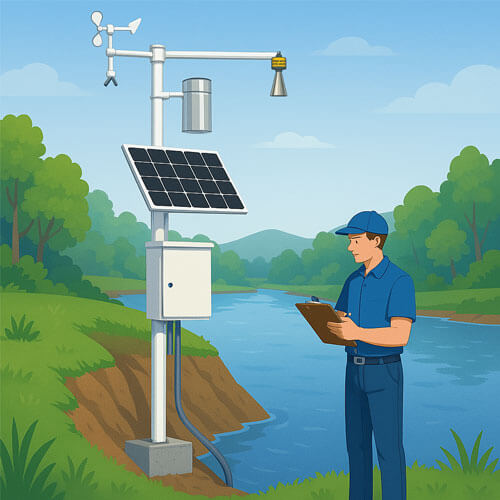Gas leaks pose serious dangers in residential environments, including potential fire hazards, explosions, and adverse health effects. This article provides a detailed overview of the warning signs of gas leaks, self-protection measures, and common causes of natural gas leaks. Understanding these factors is critical for preventing severe accidents. It offers comprehensive guidance on how to identify and respond to gas leaks to help safeguard you and your family.
Hazards of Gas Leaks
- Explosion and fire: leaked natural gas can easily ignite upon contact with open flames or sparks, causing explosions. When the combustible gas-air mixture ignites, it generates powerful shock waves and intense flames, resulting in severe damage to people and property. Explosions can also ignite surrounding flammable materials, leading to chain-reaction fires. For example, in 2021, a “vapor cloud explosion” caused by a gas leak in an old residential area in Hubei province resulted in significant casualties, illustrating the devastating consequences of such incidents.
- Asphyxiation and poisoning: large volumes of leaked natural gas can displace oxygen in the air, reducing breathable oxygen levels indoors and causing asphyxiation. Incomplete combustion of natural gas produces toxic gases such as carbon monoxide (CO), which is colorless and odorless. Carbon monoxide readily binds to hemoglobin in the blood, hindering oxygen transport and causing poisoning. Clinically, CO concentrations as low as 0.1% (1000 ppm) in the air can induce poisoning symptoms. Without proper ventilation following a leak, the risk to life safety increases significantly.
- Other impacts: prolonged or repeated exposure to trace amounts of leaked gas can cause symptoms such as dizziness and fatigue, with greater risks to children, pregnant women, and the elderly. Additionally, gas accidents result in property damage, threaten neighborhood safety, and can even complicate traffic safety by making it difficult to control the incident area due to gas diffusion.
Therefore, it is crucial to treat gas safety with the utmost importance. Under normal conditions, pipeline-delivered or bottled gas is relatively safe when not subjected to strong impact or damage. However, a gas explosion can occur when the following three conditions are met:
- Gas pipe leakage: gas leaks can occur in various parts of the system, such as pipe joints, flexible gas hoses, or valves. Improper usage can also lead to leakage—for example, when boiling liquid overflows and extinguishes the flame on a gas stove, allowing gas to escape without combustion.
- Gas concentration reaches explosive limits: for gases like manufactured gas or natural gas, the primary component is methane. Methane does not easily explode when its concentration in air is too high or too low. However, when the concentration falls within a certain explosive range, it becomes highly dangerous and may trigger an explosion under the right conditions.
- Presence of an ignition source: when leaked gas reaches the explosive concentration range, the presence of an ignition source—such as an open flame, an electrical spark, or even static electricity—can ignite the gas and cause an explosion. Potential ignition sources include stove flames, electrical appliances, or static discharges from surfaces or clothing.
How to Detect a Gas Leak?
1. Smell for odors
One of the most common ways to detect a gas leak is through your sense of smell. Although natural gas is inherently odorless, a chemical called mercaptan is added to it for safety purposes. This additive gives gas a distinctive odor, often described as resembling rotten eggs. If you detect this unusual smell in your home, it may be a sign of a gas leak.
2. Listen for hissing sounds
A hissing or whistling sound near gas appliances or gas pipelines can indicate a leak. This sound typically comes from gas escaping through a small crack or hole in the pipeline or fitting. It is easier to detect such noises in a quiet environment.
3. Monitor the gas meter
Observe your gas meter when all gas appliances are turned off. If the meter continues to move, it may suggest a hidden gas leak. Specifically, check the red-marked dial or the last digits on the meter—if they continue to change without any active gas use, it could mean a leak exists downstream of the meter, such as at the hose or connection points of stoves or water heaters.
4. Use soapy water
Soapy water can help pinpoint the location of a gas leak. Mix soap or detergent with water and apply the solution to areas where leaks are suspected—such as gas pipes, meter connections, or shut-off valves. If bubbles form and continue to expand, it indicates that gas is escaping from that point. However, keep in mind that this method may not detect very small leaks, and professional gas detection instruments should be used for precise measurement when necessary.
Video from @BBQGuys
Gas leaks most commonly occur during peak usage periods—such as when cooking—or when gas is turned back on after a long period of disuse. Leaks often happen at connection points, including appliance fittings, pipe elbows, valve joints, and around gas water heaters and stoves.
In severe cases, visible signs such as frost or moisture may appear on the surface of pipes or flexible hoses due to the rapid cooling effect of high-pressure gas escaping. If the gas accumulates in an enclosed space, it can significantly reduce oxygen levels indoors, leading to symptoms such as dizziness and chest tightness.
Causes of Gas Leaks
One of the most common sources of household gas leaks is the flexible gas hose (rubber or corrugated stainless steel), which connects indoor piping to gas appliances. These hoses have a relatively short service life—rubber hoses typically last around 18 months. As they age or develop cracks, their sealing capability deteriorates, significantly increasing the risk of leakage. Additional risk factors include rodent damage, twisting, excessive length (over 2 meters), or being positioned too close to open flames on gas stoves (a minimum distance of 30 cm should be maintained). These conditions can lead to mechanical damage or even ignition, resulting in fire or explosion hazards.
Other causes of gas leakage include loosened valves, damaged components in gas stoves or water heaters, and aging or corroded pipelines. Human errors are also a major contributor—for example, forgetting to close gas valves after use, unauthorized modification of pipelines, or improper hose connections. These unsafe practices can easily lead to gas escaping and create significant safety risks.
What to Do in Case of a Gas Leak: Self-Rescue Measures
If you suspect or confirm a gas leak, immediate and calm action is essential. Follow these steps to protect yourself and others:
- Shut off the main gas valve: Immediately close the main gas valve to cut off the gas supply and prevent further leakage.
- Ventilate the area: Open all windows and doors to allow the accumulated gas to dissipate. Be sure to move gently and avoid creating static electricity or sparks.
- Evacuate immediately: Have all family members leave the area promptly. Move to an open space or well-ventilated location and remain there until it is safe.
- Avoid using electrical devices: Do not turn on or off any electrical appliances, including light switches, phones, or doorbells. Even a small spark can ignite the gas and cause an explosion.
- Extinguish open flames (if safe): If a flame is present and it is safe to do so, cover it with a wet towel or use a fire extinguisher to put it out. Do not attempt this if it places you at risk.
- Call emergency services from a safe distance: Once you are in a safe location, call your local gas emergency repair service and wait for qualified technicians to inspect and resolve the issue. Never attempt to fix the leak yourself.
How to Avoid Gas Leaks
To reduce the risk of gas leaks, it is essential to adopt proper usage habits and maintain your gas equipment regularly. Here are key preventive measures:
1. Regularly inspect and replace hoses
Perform a monthly visual inspection of gas pipes and flexible hoses for signs of damage, aging, or looseness. Replace any rubber hoses that show cracks or hardening with the help of a qualified technician. It is recommended to use stainless steel corrugated hoses, which are more durable and resistant to aging. Hose length should not exceed 2 meters, and all connections must be tightly secured with hose clamps.
2. Install a household gas leak detector
Purchase certified gas leak detectors that meet national safety standards, such as methane sensor or carbon monoxide sensor. These should be installed near stoves or areas where gas may accumulate. They provide continuous 24-hour monitoring and will alert you immediately if gas levels rise to dangerous concentrations.
3. Maintain good ventilation
Ensure that your kitchen and areas where gas water heaters are installed are equipped with exhaust fans or range hoods. Keep windows open regularly to allow fresh air circulation—especially while cooking—to prevent gas accumulation.
4. Use gas appliances properly
Never leave gas appliances unattended during use. Always turn off the gas valve at the stove and the main valve after cooking. Avoid spills that may extinguish the flame. Choose gas stoves equipped with flame failure protection (such as thermocouple automatic shut-off systems), which can automatically cut off the gas supply if the flame goes out unexpectedly.
5. Avoid unauthorized modifications
Only qualified professionals should install or service gas systems. Never attempt to modify or extend pipelines or valves yourself. Avoid hanging wet towels or cloths on gas pipes, as moisture can both obstruct visual inspection and accelerate pipe corrosion.
6. Use appliances within their service life
Gas appliances that exceed their recommended service life (typically 8 years) should be retired and replaced. Always use certified and compliant products, and avoid using damaged or substandard equipment that may pose safety risks.

